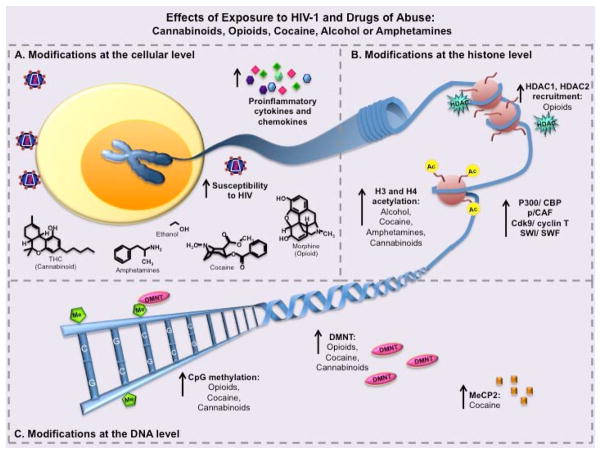Fig. 3. Epigenetic effects of exposure to HIV-1 and drugs of abuse.
Cells in the brain or periphery that are exposed to HIV-1 and drugs of abuse (DoA) undergo a variety of epigenetic changes. Despite some of the differences in the pathways, many different DoA lead to similar end-point results in terms of epigenetic modifications. (A) Exposure of cells to HIV-1 and various drugs of abuse such as cannabinoids, opioids, cocaine, alcohol, or amphetamines result in increased susceptibility to HIV-1 viral infection, and increases in proinflammatory cytokines, which can also exacerbate disease. (B) This exposure can also lead to epigenetic changes at the histone level allowing for DNA and genes of interest to be more or less available to host transcription factors and transcriptional machinery. The interaction of HIV-1 and DoA generally lead to an increase in chromatin modifying factors such as P300/CBP, p/CAF, and SWI/SWF. Additionally, use of alcohol, cocaine, amphetamines, or cannabinoids can lead to histone H3 and H4 acetylation through various pathways. In contrast, signaling through MOR (μ-opioid receptor) by use of opioids can lead to HDAC1 and HDAC2 recruitment to the histones preventing gene transcription. (C) These same DoA can also cause epigenetic changes at the DNA level potentially resulting in increases in MeCP2 and DMNT (DNA methyltransferase) recruitment to the DNA, depending on cell type, and leading to CpG methylation and prevention of specific gene expression.

